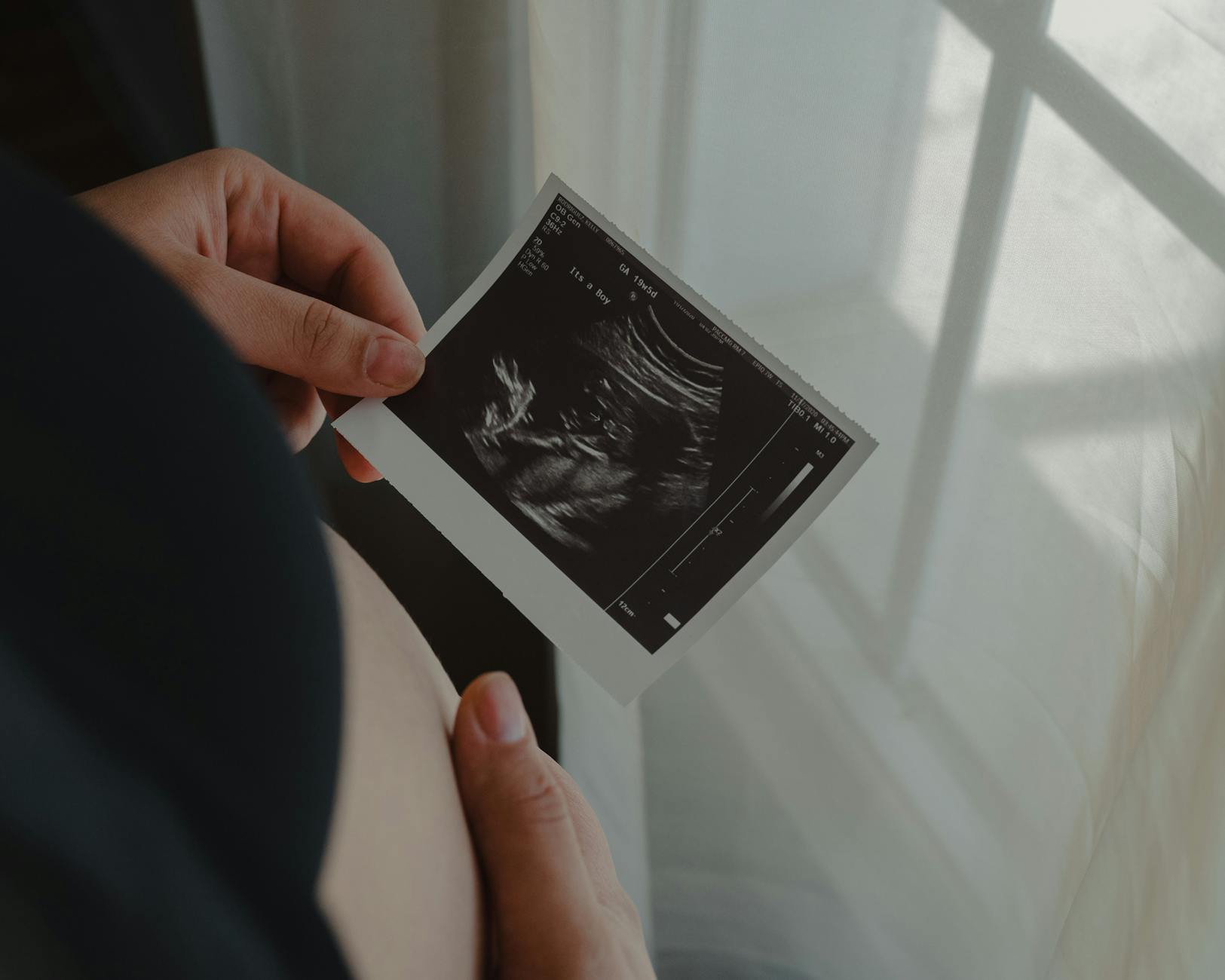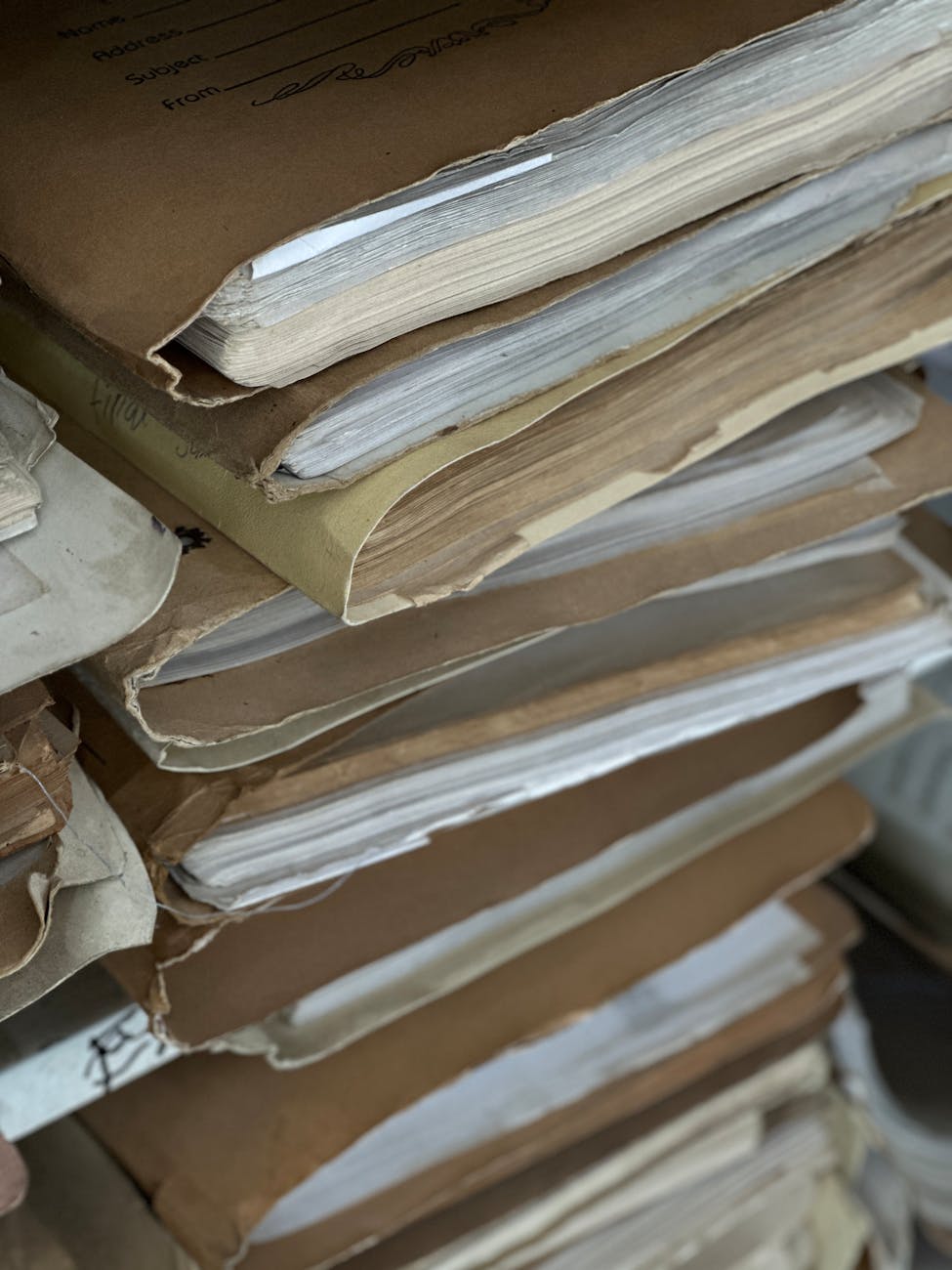Well, it’s been literally years since I’ve scanned in photos, but with the move of the MacBook Pro 2014 upstairs, I can begin again. The main issue I’m having right now is that with OpenCore Legacy Patcher on this machine, Sonoma is not working with certain graphical applications like Safari, Authy, and Geotag. Seems like the rendering is just broken. Nonetheless, making some great progress here so bear with me as I document.
I’ve been using Vuescan and Silverfast for years now with an 18-year-old scanner, the Minolta DiMage 5400, and a 15-year-old Epson Perfection 3200. It’s time to crank up my favorite (because it has infrared scratch detection and it is relatively easy to use) Vuescan and do archival scans, here are some recommendations. If you don’t have zillion-year old scanners, it i the Epson V600 is a good choice:
Using VueScan for 35mm negatives
- For 35mm, looks like depending on the film and camera, the resolution should be 2700-8000 dpi. Most of the film cameras were just simple Olympus point-and-shoots and don’t have that kind of resolution through the lens. In practice, most of those Instamatic lenses were not that great, from DxOMark, resolutions although potentially that high are usually much, much less. Even the finest lenses lose 10-20% of their resolution. I set it to 5400 dpi because well, storage is free and it is native resolution though of the DiMage 5400.
- The output tab is pretty important, there is now a raw file setting that does no processing (such as sharpening for instance). So I turn this on. And I also turn on TIFF with compression on and RAW with compression on as well.
- I also turn on HDR color depth as well and set them both to 48bit RGBi to capture the infrared range and the errors there. And turn on both.
- The file names are by the way pretty important because it is so easy to forget what you have. So I have a convention that works well when doing searches, “_year_-_month number_-_date_ – _person1_, _person2_, _personN_ – _location_ – _slide number_ – _film code_ – _film_type_ – _color space_ – scanned YYYY-MM-DD”. This is useful because all the information you need is there and VueScan has the helpful “01+” notation which means keep bumping up the scan number and the YYYY-MM-DD which fills in the date of the scan.
- Above 12 bits of color, it doesn’t compress it, so I just set it to ON instead instead of AUTO. With modern laptops, there is no problem doing this kind of compression. Note that these TIFF files are going to be huge. For a full 5400 dpi scan of a 35mm image with RGBI at 12 bits each, the files are over 300MB each. So this is only if you really want to archive old photos and you have lots of storage. Yes on both counts for me.
- Also, this produces a TIFF file which doesn’t have any processing so good for archiving. I normally name this “.vuescan.tif” so I know it is a raw Vuescan. You will get an ugly negative scan and if you want to “process” it into an image, you use the Input > Source > File so you can reprocess it. Make sure
- I also set this with scratch removal since there is an IR filter in the thing and it can detect it. Most of our negatives are pretty good, but I set it to light. You can also display the scratches by going to Input > Options > Professional and then to Color > Pixel Colors and you can see clipped black and white, out of gamut and infrared defect colors. Then you can set Filter > Infrared Clean > Medium. I also normally turn Grain Reduction> Light and Sharpen > Light. This only affects the JPEG output and the TIFF is still raw.
- Then I also set the Color > Output color space > ProPhoto RGB to make sure to capture the lights and darks. The default is sRGB which is pretty small these days. The Color option helps you figure out what you want.
- I normally scan at 12 bits of color which is called 64-bit RGBi in the software (4×12 where one plane is the infrared).
- Change the in Color the White Point to 0.1% so it doesn’t automatically clip. This may make the image too dark, so you might need 0.1% so check it out. If you don’t do this then the image blows out pretty easily.
- Prefs > Graph Type > Image. This lets you see the histogram of the scan and you can use the Color tab to modify it.
- Also while you are looking at your photos, you can twiddle in the Color with the Negative vender, I find that actually Generic Color Negative really is pretty nice. Pretty vibrant which is nice for old film. If you can read the film code on the side of the negative, you can try to set that. I have quite a few Kodak Gold 200 rolls and that color is a little more muted. Note that all this can be fixed in post processing, so I try to get the most natural out of the camera setting from all this.
- As a final note, I made a mistake make sure your Color > View Color is set to RGB otherwise you will just see a grayscale image, and make sure Prefs > Graph Type is set to image so you can adjust things, like blowout outputs. You fix this by changing the brightness in the Color tab.
Epson Perfection 3200 and Prints
This is a little simpler since I don’t need an archival copy and there isn’t an infrared channel, the main decision is what resolution to set:
- Most real photos only have a resolution of 300 dpi, so I set it to 600 dpi just to make sure I capture enough detail. I also set it to sample three times for archiving to average errors.
- I stick a bunch of photos at once and set the Input Size to Max.
- I set Input > Autocrop which works really well these days for a bunch of prints
- I then do an archival TIFF with compression on (as above and do a 48-bit RGB scan) with Compression ON.
Post-processing for HEIFs and Location
- I then process these into nice JPEGs and HEIFs with (or with ImageMagick with a FotoKilof) Gimp (make sure you haver version 2.11.38 to get HEIF) since MacOS Preview doesn’t support 16-bit exports, so the full workflow creates a “raw.tif” for archive, then a regular “.tif” and use ImageMagick to make a HEIF file that works at 16 bits. I then usually delete the TIFF as it is huge and the Vuescan RAW has the same data. This by the way is a negative scan, but most graphical software knows how to do negative conversion.
- Gimp is pretty easy, but a little confusing, you choose File > Export As, then change the name of the file extension to .heic and after that, you pick what you want as the file type, it does not support 12-bit (it gives an X.265 encoder error which makes sense, HEIF is using a video encoder), but it does not work with 10-bit or 12-bit which is sad, but at least the file is denser and smaller than a JPEG. The actual bug appears related to the compilation of libheif which I can’t actually fix since I’m brew installing it. It looks like the Homebrew version is trying to install HEIF three times (you need one for each color depth, 8, 10, and 12-bit) and it should work with 2.10.36 shipped last month but when I tried it I got the same error.
- Geotag. I then use Geotag to locate the place as best that I can. Note that on my MacBook Pro 2014 running OpenCore Legacy Patcher and Geotag, rendering doesn’t work so I need to do it on another machine. The nice thing is that this puts the location directly into the photos. This works on both TIFFs and JPEGS, so it’s a good call to use it.
- I have not found an easy way to do what Apple does which is to highlight the people in the photos and put it into the metadata.
- As an aside if you have movies, sometimes these don’t have metatags in them, but exiftools is your friend and you can add location with a command line entry.







